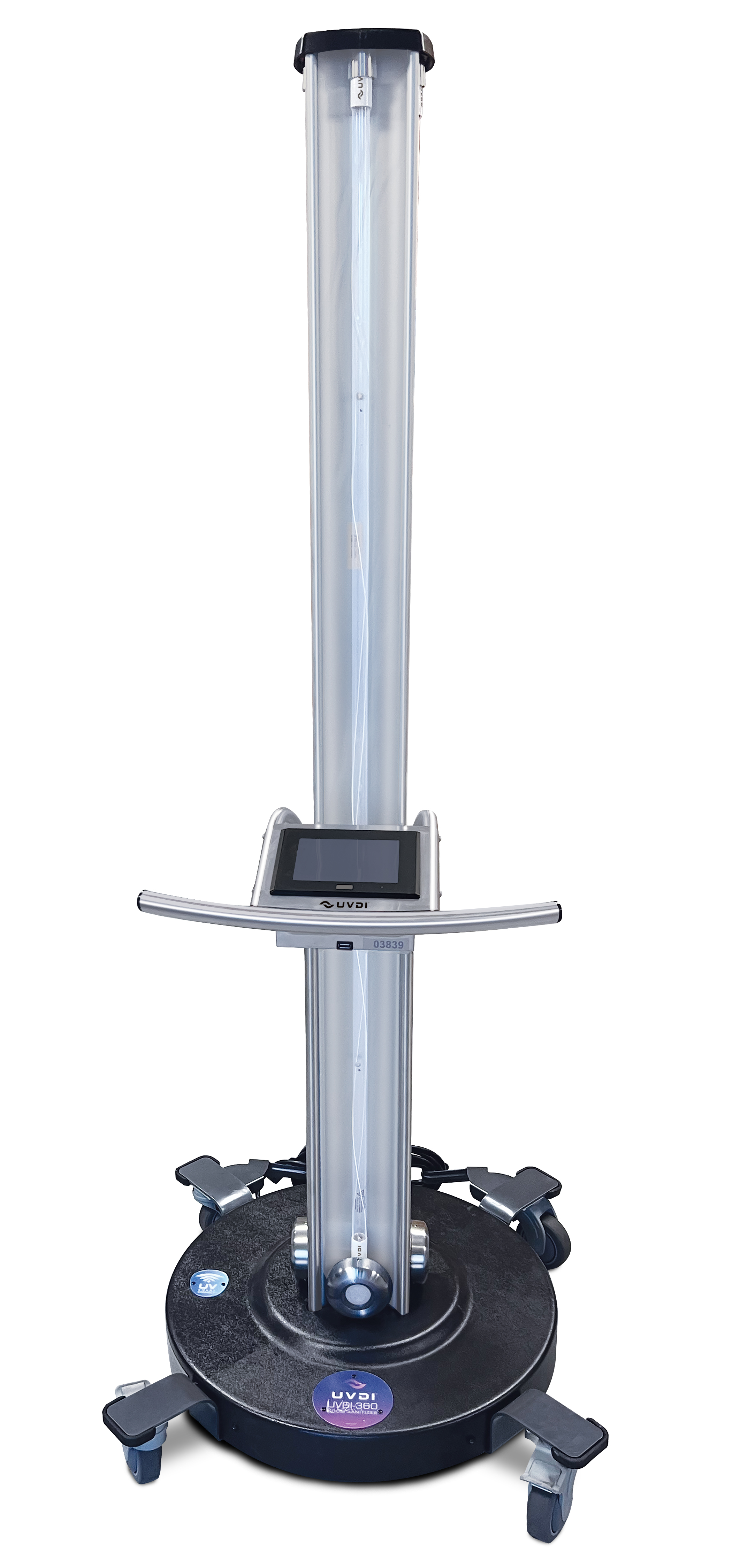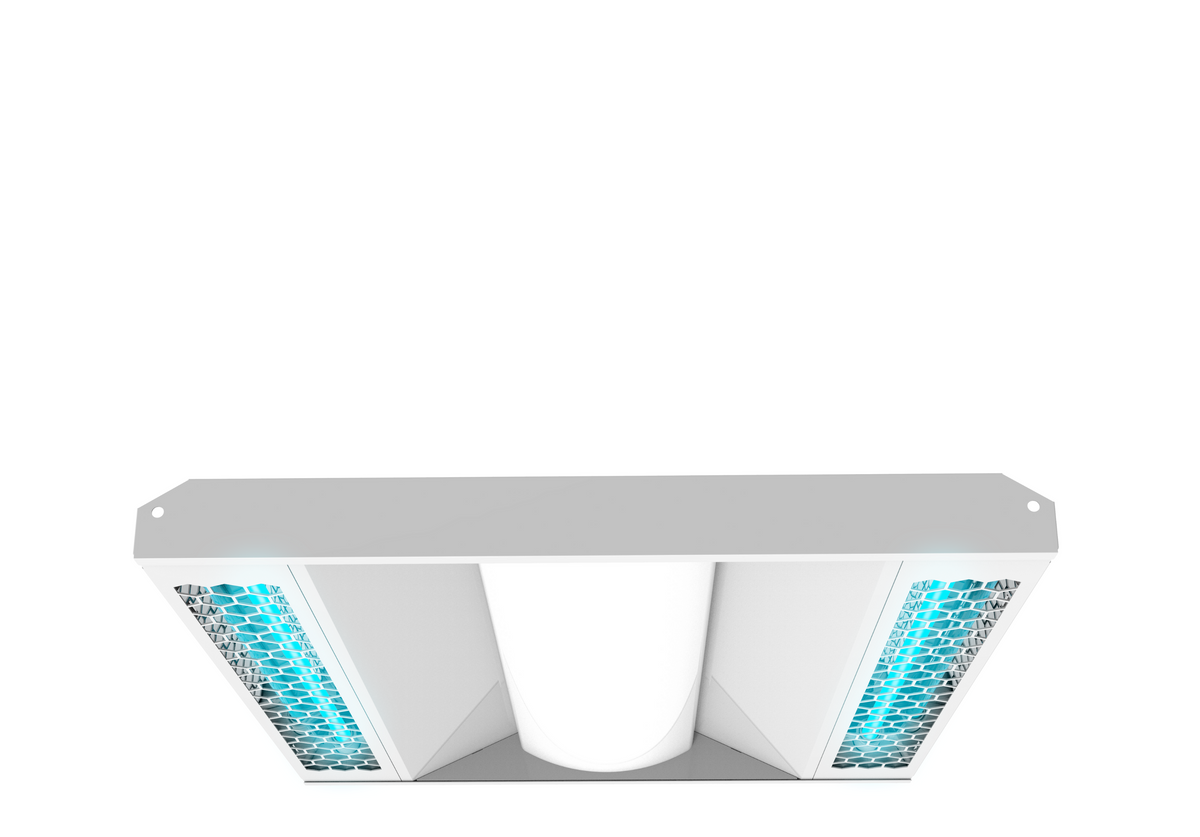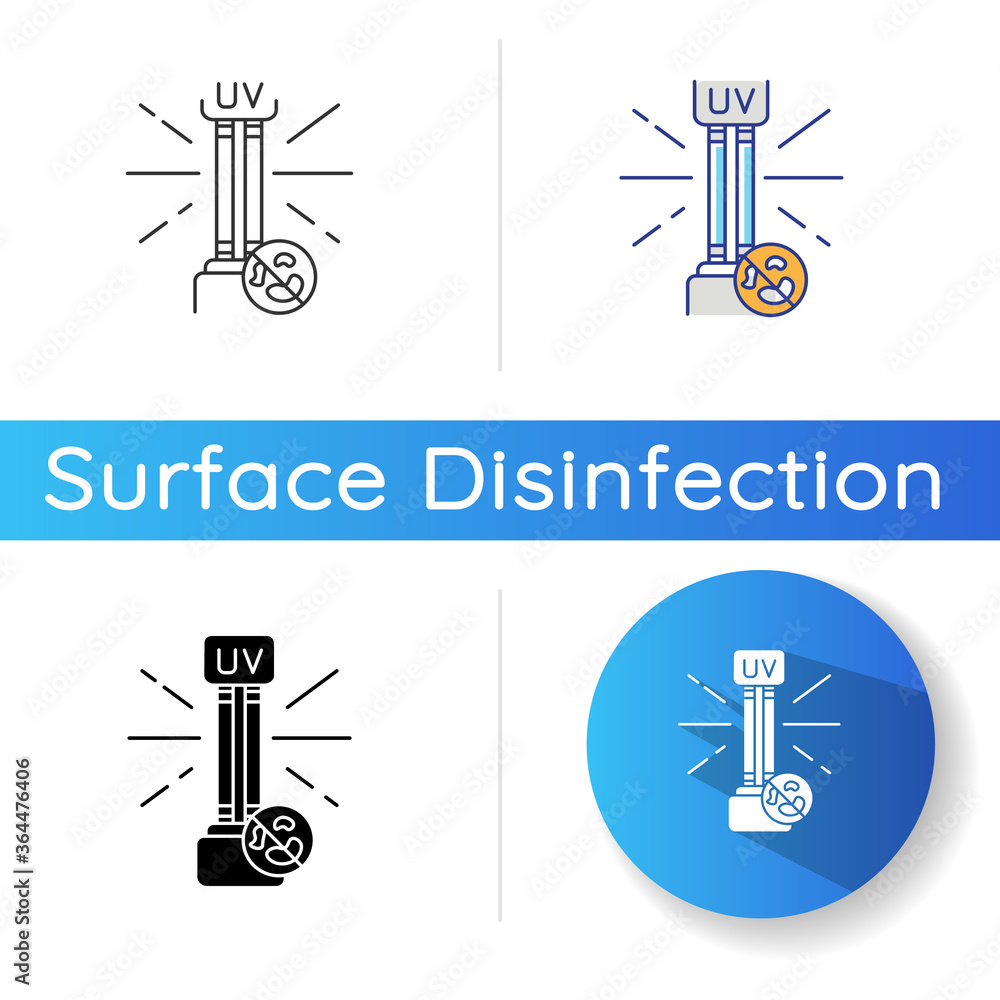Far-UVC UV Sanitizers: A Proactive Approach to Maintaining Sanitation and Safety And Security
Far-UVC UV Sanitizers: A Proactive Approach to Maintaining Sanitation and Safety And Security
Blog Article
Checking Out the Advantages of Far UVC Light: Revolutionizing Indoor Air High Quality
Interior air high quality has actually constantly been a concern, but the current worldwide health dilemma has brought it into sharper emphasis. As we navigate the difficulties of a post-pandemic globe, finding innovative remedies to enhance air quality has actually ended up being critical. One such solution that has actually gotten attention is Far UVC light. This sophisticated innovation has the possible to revolutionize interior air high quality by effectively counteracting air-borne pathogens without posturing harm to people. Yet exactly how exactly does Far UVC light job? What are its health and wellness benefits? And exactly how can it add to decreasing allergens in our living areas? In this conversation, we will certainly check out the interesting globe of Far UVC light and reveal its possibility in changing the method we protect our indoor atmospheres.
Exactly How Much UVC Light Functions
Far UVC light works by discharging short-wavelength ultraviolet light that has the ability to permeate and suspend microorganisms. Unlike standard UV light, which can be unsafe to human skin and eyes, much UVC light has a much shorter wavelength that is soaked up by the external layers of human skin, avoiding it from reaching the underlying living cells. This makes it a safe and effective alternative for constant sanitation in busy areas.
When much UVC light is discharged, it engages with the DNA and RNA of bacteria, consisting of viruses and bacteria, disrupting their capacity to duplicate and causing them to become non-active. The high power of the short-wavelength light damages the molecular framework of the genetic material, avoiding the microbes from recreating and spreading.

Moreover, far UVC light can be quickly incorporated into existing lighting components, making it an affordable remedy for a vast array of applications, including health care centers, colleges, offices, and mass transit. Its capacity to continuously disinfect busy spaces without posturing a danger to human wellness makes much UVC light a promising technology in the field of interior air top quality monitoring.
Far UVC Light's Impact on Airborne Pathogens
The impact of much UVC light on airborne pathogens is considerable in reducing the transmission of transmittable conditions and boosting interior air top quality. Far UVC light refers to a certain series of ultraviolet light that has a wavelength between 207 and 222 nanometers. Unlike conventional UVC light, which is dangerous to human skin and eyes, much UVC light has actually been located to be safe for humans while still being efficient against pathogens.
Studies have revealed that much UVC light has the capability to inactivate a broad variety of airborne infections, consisting of the flu virus and the coronavirus (far-uvc). These pathogens are transmitted via respiratory system beads, and by utilizing far UVC light, it is possible to reduce their practicality and prevent their spread
Among the vital benefits of utilizing far UVC light is its ability to reach all locations of an area. Unlike various other disinfection approaches that might have restricted reach, much UVC light can be mounted in overhanging illumination fixtures, making certain that the entire room is treated. This makes it specifically effective in crowded areas such as medical facilities, institutions, and mass transit.
Moreover, much UVC light can be utilized continually without presenting a danger to great site human health and wellness. It can be applied as component of a comprehensive approach to improve indoor air high quality by reducing the concentration of airborne microorganisms. By integrating far UVC light into existing ventilation systems, it is feasible to develop much safer and healthier indoor environments.
Health Perks of Far UVC Light
Utilizing much UVC light provides countless health and wellness advantages, making it a useful tool in advertising public wellness and security. Much UVC light has been discovered to properly kill air-borne virus, such as bacteria and infections, without hurting human skin or eyes. This makes it an ideal remedy for disinfecting interior settings and reducing the danger of infections.
Among the essential wellness advantages of far UVC light is its capability to battle the spread of air-borne diseases. Researches have actually shown that far UVC light can efficiently suspend viruses like flu and tuberculosis. By setting up far UVC lights in public spaces, such as hospitals, workplaces, and institutions, the transmission of these conditions can be dramatically decreased.
In addition, much UVC light has been located to be risk-free for constant direct exposure, as it does not trigger skin damage or increase the threat of skin cancer. This is because of the truth that much UVC light has a minimal series of infiltration in human skin, protecting against any kind of injury to much deeper layers.
Along with its direct effect on airborne pathogens, far UVC light can also have indirect health benefits. By minimizing the existence of unsafe microbes airborne, it can improve interior air top quality, bring about a decline in respiratory symptoms and allergies.
Far UVC Light's Role in Reducing Irritants

Much UVC light, with its wavelength in the array of 207 to 222 nanometers, has actually been shown you can try this out to be effective in suspending infections, fungi, and bacteria. Current research studies have also shown that it can effectively minimize the presence of allergens in interior areas. When far UVC light is sent out, it interacts with the DNA and RNA of bacteria, harming their hereditary material and avoiding their duplication.
Far UVC Light's Prospective in Public Spaces
With its tried and tested effectiveness in minimizing irritants and inactivating bacteria, much UVC light holds fantastic prospective for application in public rooms. Public spaces, such as healthcare facilities, offices, colleges, and airports, are frequently crowded and vulnerable to the spread of airborne diseases. Integrating much UVC light technology in these locations can substantially improve indoor air top quality and reduce the transmission of hazardous virus.
One appealing application of far UVC light in public areas remains in ventilation systems - far-uvc. By setting up much UVC lamps in HVAC systems, the innovation can disinfect the air as it circulates, properly decreasing the focus of air-borne infections and bacteria. This approach can help avoid the spread of conditions such as covid-19, influenza, and tuberculosis, advertising a much healthier and more secure setting for occupants
Additionally, far UVC light can be utilized in the disinfection of frequently touched surfaces. High-touch areas in public rooms, such as doorknobs, hand rails, and elevator switches, can harbor a wide range of virus. By purposefully positioning much UVC source of lights in these locations, the technology can continuously decontaminate surfaces, reducing the threat of contamination and transmission.
Moreover, making use of much UVC light in public spaces is safe for human exposure. Unlike traditional UVC light, which can be unsafe to human skin and eyes, far UVC light has been shown to be safe and risk-free for continual operation in occupied spaces. This makes it an excellent service for improving interior air top quality without positioning any kind of wellness risks to people.
Conclusion

Much UVC light functions by emitting short-wavelength ultraviolet light that has the capability to penetrate and suspend microbes. Unlike typical UV light, which can be dangerous to human skin and eyes, far UVC light has a shorter wavelength that is soaked up by the outer layers of human skin, stopping it from getting to the underlying living cells. Far UVC light refers to a specific array of ultraviolet light that has a wavelength in between 207 and 222 nanometers. Unlike standard UVC light, which is harmful to human skin and eyes, much UVC light has been discovered to be secure for people while still being reliable against microorganisms.
Unlike conventional UVC light, which can be damaging to human skin and eyes, much UVC light has been verified to be risk-free and safe for continuous procedure in busy spaces.
Report this page